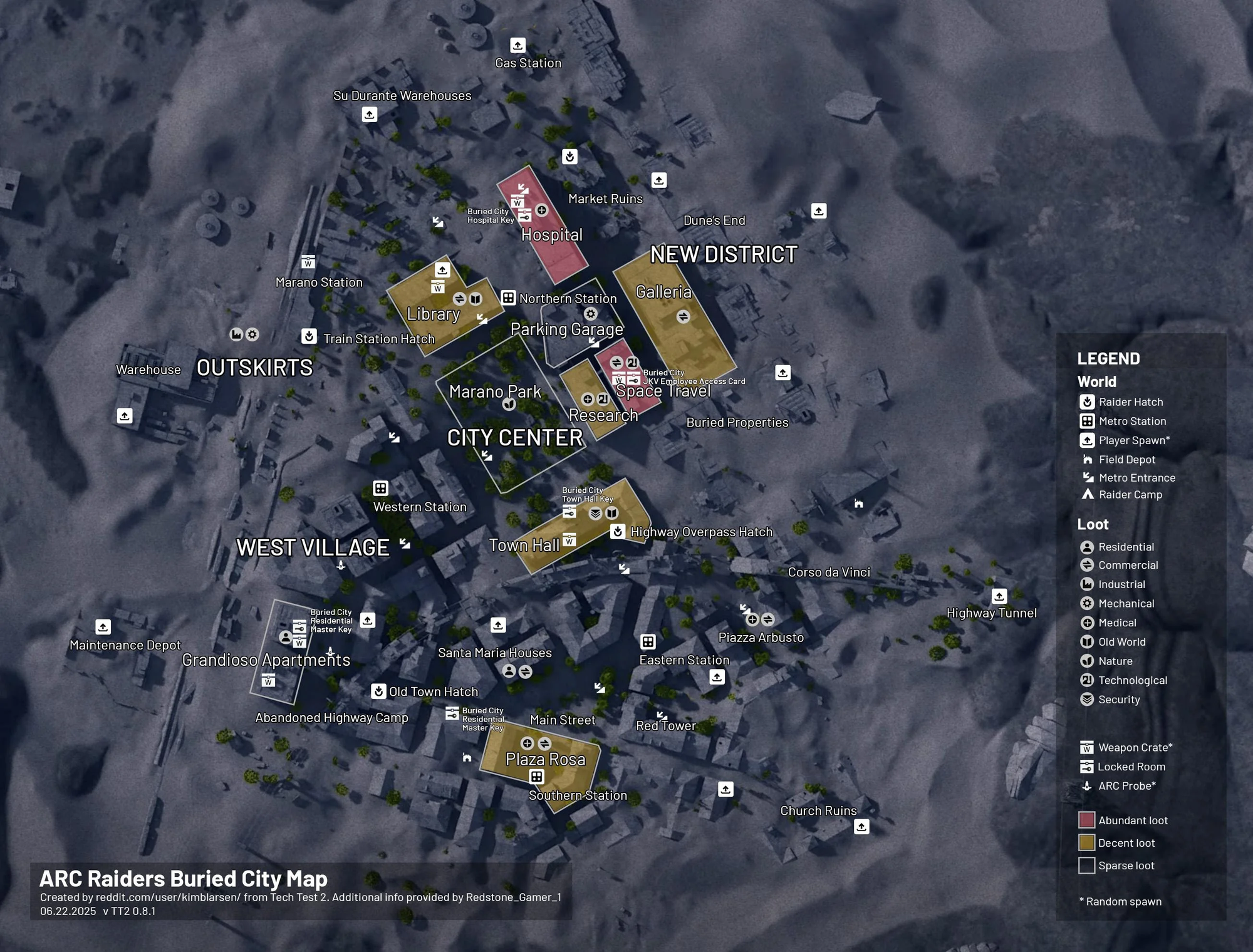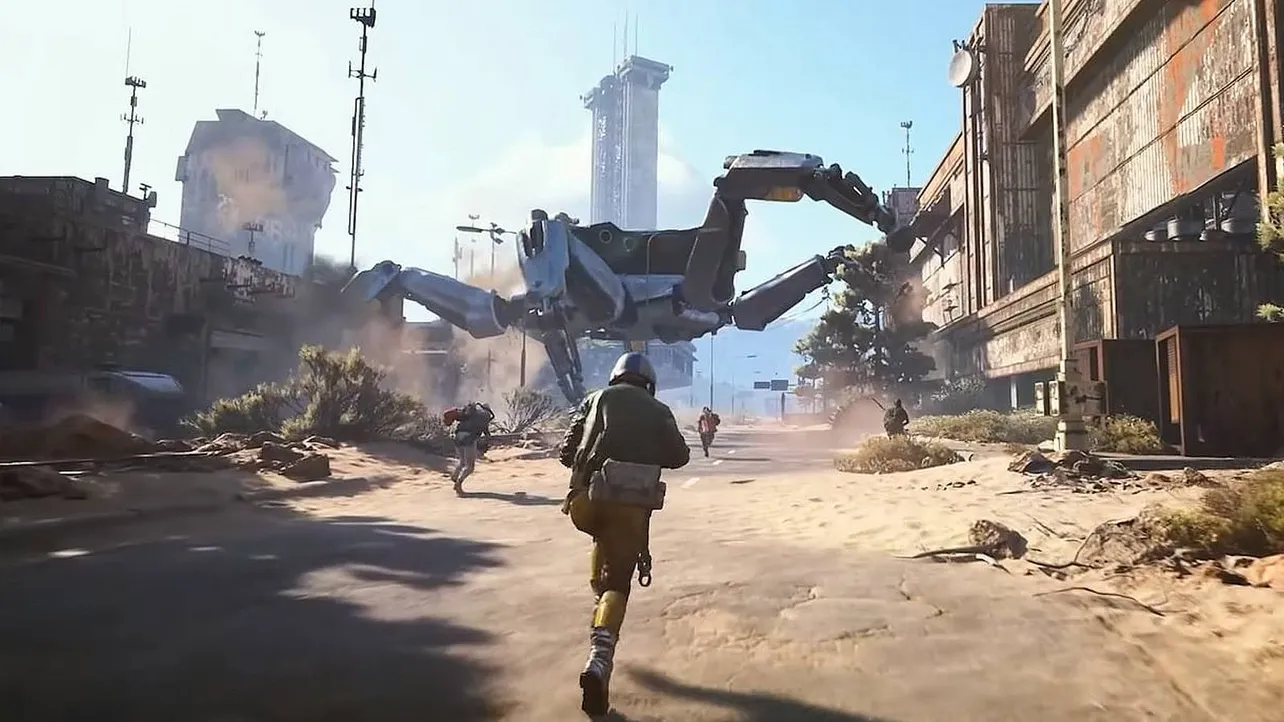ARC Raiders is a PvPvE extraction shooter built around short, high‑pressure instances rather than a single continuous server. Each raid places multiple human players and hostile robots on a large slice of the Rust Belt for a limited time window. The game supports solo play and squads, but it does not publish a fixed, always-on-screen player cap per map. In practice, the number of opponents you meet varies by matchmaking composition, map choice, and how players converge on objectives and extraction points.
Core limits that shape population (squad size, raid timer, extraction)
| Parameter | Current behavior |
|---|---|
| Squad size | Up to 3 players; you can also queue as a duo or go solo. |
| Matchmaking lanes | Priority pairing for squads vs. squads and solos vs. solos. |
| Raid length | About 30 minutes per run on the topside. |
| Extraction methods | Evac/elevator points and metro stations; optional “raider hatches” that require keys and offer safer exits. |
| Maps and locations | Dam Battlegrounds, Buried City, The Spaceport, and Blue Gate—each with multiple points of interest and chokepoints. |
| Published player cap | No fixed number is disclosed per instance; real encounter counts fluctuate by match. |
Why encounters feel dense even without a published cap
Even on large maps, player traffic tends to cluster. Chests, high‑value loot tiers, and evac routes naturally pull people into the same space. Expect spikes in activity at:
- Named points of interest with higher‑tier loot or mission objectives.
- Buildings and tunnels near extraction, especially as the raid clock winds down.
- Sonic or visual events that draw attention, like heavy combat with ARC units.
During testing periods, players reported everything from light contact to hectic multi‑team brawls in a single building. That spread is consistent with a system that prioritizes fair matchups (solos with solos, squads with squads) but doesn’t guarantee even spacing across the map.
Solo vs. squad matchmaking changes who you meet
Queueing solo generally puts you into a pool where other solos are common, reducing the likelihood of constant 3‑on‑1 fights. Queueing as a duo or trio raises the chance you’ll collide with other multi‑person teams, which can make hotspots feel more crowded. This partitioning helps explain why some raids feel sparse and others erupt into prolonged, multi‑team skirmishes—even on the same map.

Map scale and density expectations
Each named location in the Rust Belt—Dam Battlegrounds, Buried City, The Spaceport, and Blue Gate—spreads action across forests, swamps, urban blocks, industrial zones, mountain passes, and underground complexes. That variety creates multiple viable routes and staging areas, so two raids on the same map can play very differently. A quiet early game can still end in a cross‑team pileup at an extraction lift; a noisy start may disperse as squads rotate to secondary objectives.
What to tell teammates when they ask “how many players?”
- There’s no posted hard cap per instance in the UI.
- Squad size tops out at three; matchmaking tends to keep solos with solos and squads with squads.
- Expect roughly 30 minutes of topside time; activity condenses near high‑value loot and extraction.
- Anecdotal counts vary widely from low‑contact runs to large multi‑team firefights; don’t assume you’ve seen everyone on the map.
Build your plan around composition and clock, not a fixed headcount. Enter expecting variable density, rotate with the assumption that other players are doing the same, and treat every extraction as a likely choke point—whether your raid started quiet or not.

